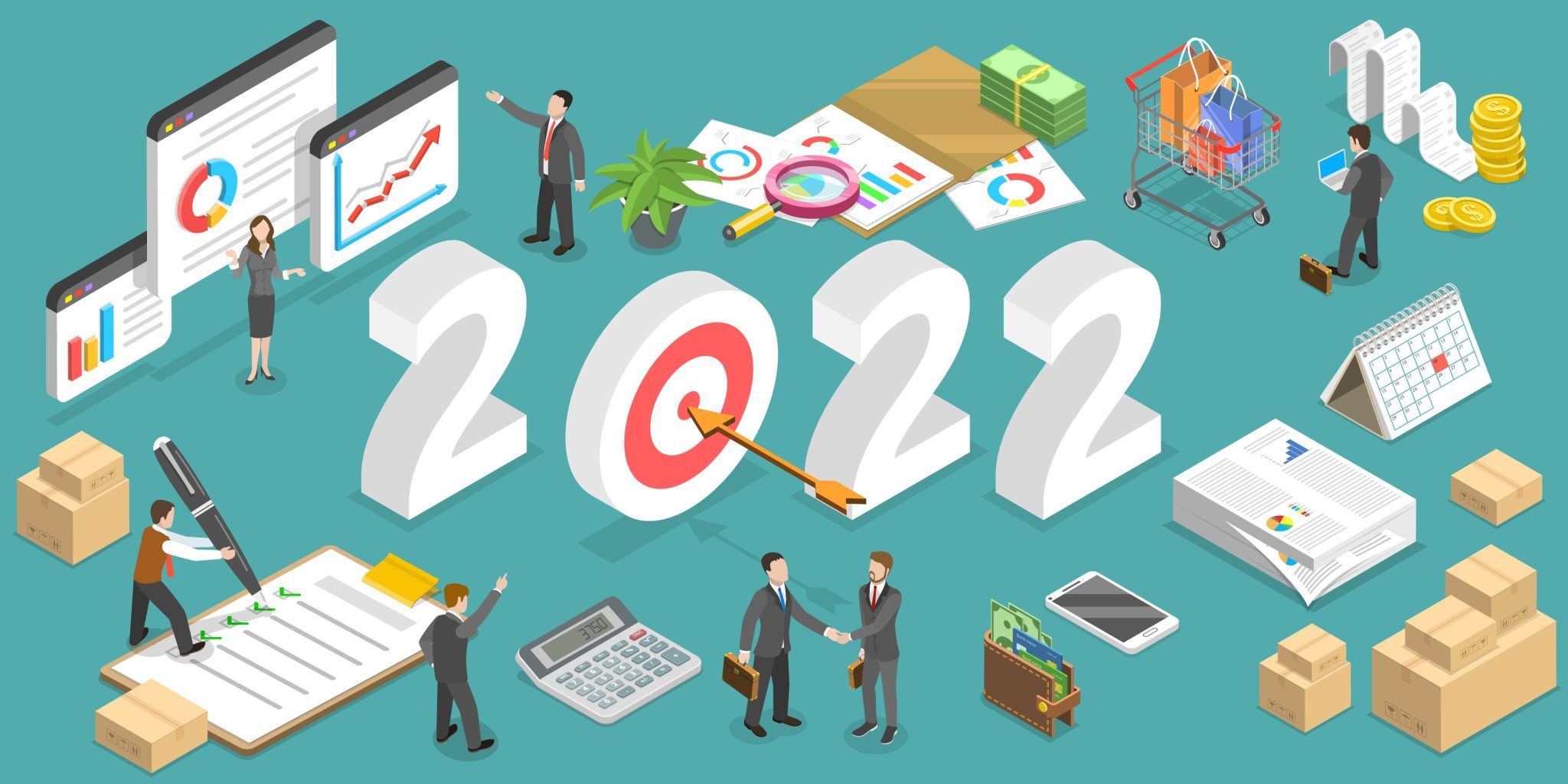eCommerce Website & Marketing Trends in 2022
25% of brick-and-mortar stores have launched ecommerce sites since the pandemic started, and it’s predicted that 95% of all purchases will be done online by 2040. What’s the bottom line? Businesses that want to stay afloat have to keep up with ecommerce trends and technology. Wanna know what’s hot now? Discover the ecommerce website and marketing trends to align with this year.
The 2022 Trends for eCommerce Websites
The ecommerce statistics above indicate that having a top-notch ecommerce website should be a top priority for businesses looking to increase online sales. Here are a few of the ecommerce website features and strategies that are working for businesses in 2022.
The Headless CMS (We recommend BigCommerce)
The technology eliminates page templates, backend code, and other cumbersome components that slow down a website. In an age when consumer expectations are constantly changing, a headless approach enables businesses to quickly enhance their platform’s performance in order to handle spikes in traffic or increases in sales volume without having to create new pages or otherwise employ unnecessary resources. Check out BigCommerce – The Future is Headless One-Pager.
Payment Plan: Buy Now, Pay Later
Adobe’s 2021 Digital Economy Index shows that buy now pay later (BNPL) options increased 166% YoY in March 2021. Several new companies have sprung up recently, such as Klarna and Square, whose ads are all over YouTube. Younger shoppers have been driving BNPL options according to a CNBC article.
Optimizing Conversion Rates
A trend like this is always in style. Getting more customers often has nothing to do with getting more traffic, but converting that traffic into customers. Conversion rate optimization (CRO) is all about improving conversion rates, and as UX technology becomes more accessible to us, so do consumers’ expectations as well.
Although ecommerce SEO is still critical, some businesses should reallocate some budget to efforts to better convert that traffic. This includes adding calls to action to more locations, A/B testing elements, and increasing page speed. The increase in page speed will also improve your Core Web Vitals – a 2022 SEO trend for all businesses and industries.
Using Serverless Architecture
Online stores will continue to look for ways to deal with spikes in demand as ecommerce grows. Serverless architecture (e.g., AWS Lambda) allows the cloud provider to allocate resources dynamically, allowing you to scale elastically without having to provision or manage servers. eCommerce websites have adopted this flexible option because the technology has proven itself in other industries. There is no downtime due to scaling issues, a significant decrease in costs, and the ability to debug from a single point of entry for developers, among other things.
Commerce by conversation
With chatbots, you can engage your customers more, provide personalized experiences, and provide faster customer service. These can be used to answer common questions, suggest products, route leads, or make announcements. Direct sales using chatbots are also on the rise: around 60% of millennials purchase food and clothes via conversational software.


